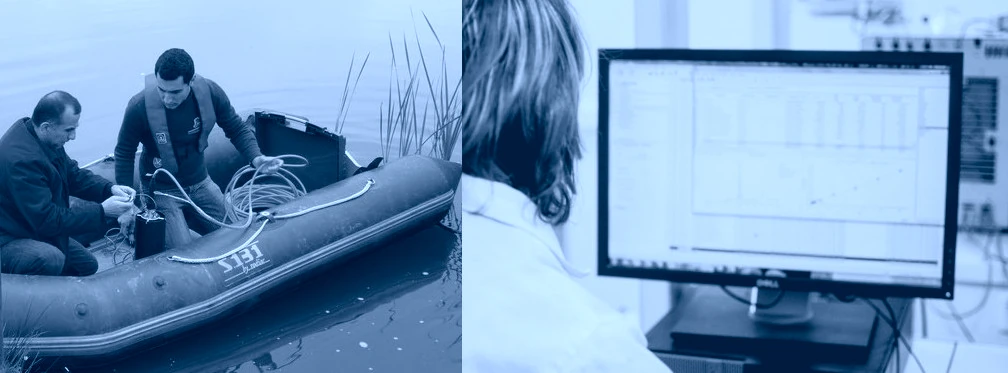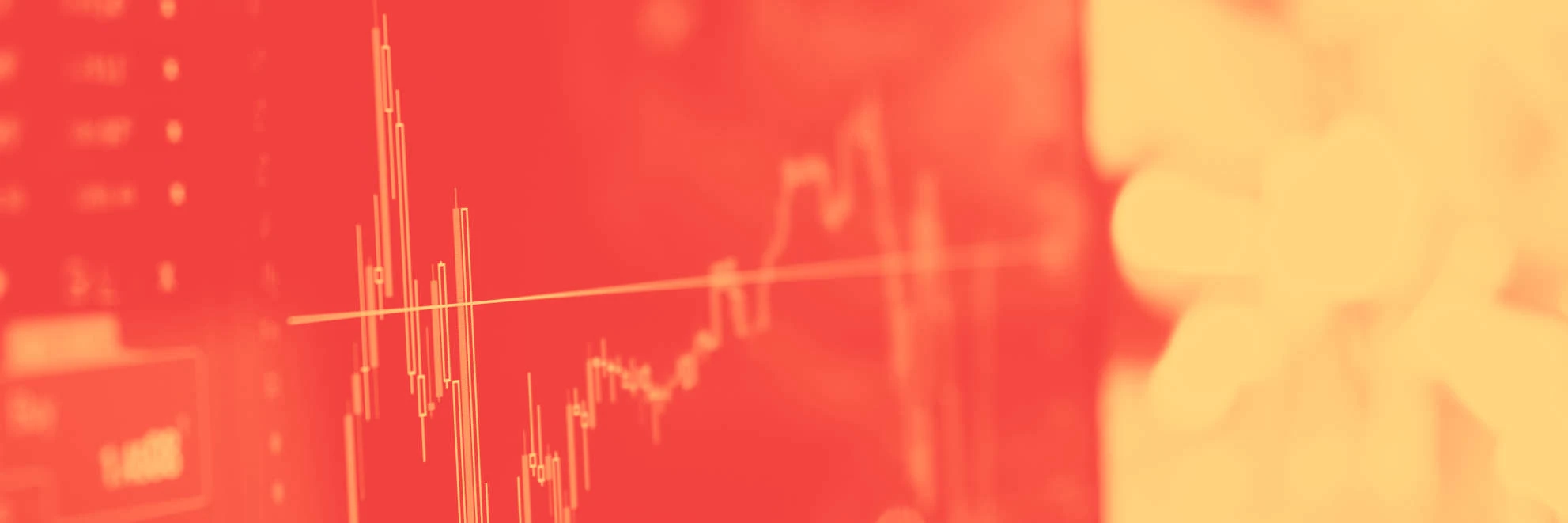Recent publications
936.
- titre
- Assessing water quality restoration measures in Lake Pampulha (Brazil) through remote sensing imagery
- auteur
- Alexandre Assunção, Talita Silva, Lino de Carvalho, Brigitte Vinçon-Leite
- article
- Environmental Science and Pollution Research, 2025, ⟨10.1007/s11356-025-35914-6⟩
- titre
- Do suspended particles matter for wastewater-based epidemiology?
- auteur
- Gauthier Bernier-Turpin, Régis Moilleron, Chloé Cenik, Fabrice Alliot, Sabrina Guérin-Rechdaoui, Thomas Thiebault
- article
- Water Research, In press, 280, pp.123543. ⟨10.1016/j.watres.2025.123543⟩
- titre
- Plastic debris dataset on the Seine riverbanks: up to 38 000 pre-production plastic pellets reported per square meter
- auteur
- Romain Tramoy, Laurent Colasse, Johnny Gasperi, Bruno Tassin
- article
- Data in Brief, 2025, pp.111735. ⟨10.1016/j.dib.2025.111735⟩
- titre
- La persistance des champs d’épandage d’eaux usées de l’agglomération parisienne au cours du second XXe siècle
- auteur
- Etienne Dufour
- article
- Métropolitiques, 2025, ⟨10.56698/metropolitiques.2174⟩
- titre
- Stock and vertical distribution of microplastics and tire and road wear particles into the soils of a high-traffic roadside biofiltration swale
- auteur
- Max Beaurepaire, Tiago de Oliveira, Johnny Gasperi, Romain Tramoy, Mohamed Saad, Bruno Tassin, Rachid Dris
- article
- Environmental Pollution, 2025, 373, pp.126092. ⟨10.1016/j.envpol.2025.126092⟩
Lake Créteil : Long-term observations
published on , updated on
Urban and peri-urban lakes and ponds are essential components of the urban water cycle, including stormwater management. In recent years, the implementation of nature-based solutions has been strongly encouraged and ecological continuities are being restored. However, these aquatic environments are under extreme pressure due to human activities in their watershed but also, at larger scales, due to climate change and the influx of air pollutants. It is therefore essential, in order to preserve or restore the sanitary, chemical and ecological quality of urban waterbodies, to observe their responses to environmental changes. This will allow us to understand the hydrodynamic and biogeochemical mechanisms that control the fate of pollutants.
Continuous measuring station of Lake Créteil
The continuous observation system installed on Lake Créteil since May 2012 is a complete platform which performs measurements at different scales of time and space, to improve the understanding of the functioning of the waterbodies, their response to local anthropogenic pressures and climate change, as well as their monitoring and management. The station measures long-term meteorological variables above the watersurface and the response of the water body itself.
Complementary measuring instruments may be deployed on the water body in parallel to the measurements made by the measuring station continuously or to calibrate its sensors. The measuring station and the associated instruments thus provide measurements on the hydrodynamic, physicochemical and biological functioning of the waterbody of water, which are essential for carrying out in-depth research on the ecological processes or fate of contaminants in this type of water environments. Such observation systems are still very rare for urban water bodies.
Acquisition of specific measurements
In parallel with the continuous monitoring, within the framework of several regional research projects (PLUMMME, R2DS funding), national (PULSE, ANR CEP & S) or European (Blue Green Dream, Climate KIC), other series of measurements were carried out: monthly monitoring from May 2011 to December 2013 nutrient concentrations (N and P), pathogenic microorganisms (E. coli and enterococci), trace metals and organic micro-pollutants (PAHs, PCBs, PBDEs); current velocity measurements in several periods characteristic of the seasonal operation of the lake.
Description of measuring equipment
Autonomous measuring station
– weather station: wind speed, air temperature, atmospheric pressure, vapor pressure, net radiation, precipitation
– high resolution sensor chain (6m) including 5 thermal sensors, 2 fluorescence sensors, an active radiation sensor for photosynthesis,
– GSM teletransmission system
The minimum acquisition time step is 30s.
– Two sensor chains including three thermal sensors, an oxygen optode and a fluorescence sensor
Profilers
– Multiparameter probe for measuring temperature, conductivity, pH and oxygen (Seabird SBE19)
– Two BBE fluorescence probes: Fluoroprobe allowing the measurement of 4 families of phytoplankton and Algae Torch allowing the measurement of cyanobacteria and total chlorophyll
– An active radiation measurement probe for photosynthesis (Li-Cor Li 193)
High resolution hydrodynamics
– high-resolution microprofiler (100 Hz) for measuring temperature, conductivity and fluorescence (SCAMP, PME)
– Doppler acoustic current meter (ADV Vector, Nortek): three-dimensional measurements of high resolution and high frequency (64 Hz) speed components
– Acoustic Doppler current meter (ADCP Aquadopp Nortek): complete profiles of current velocities at depths of 1 to 100 m

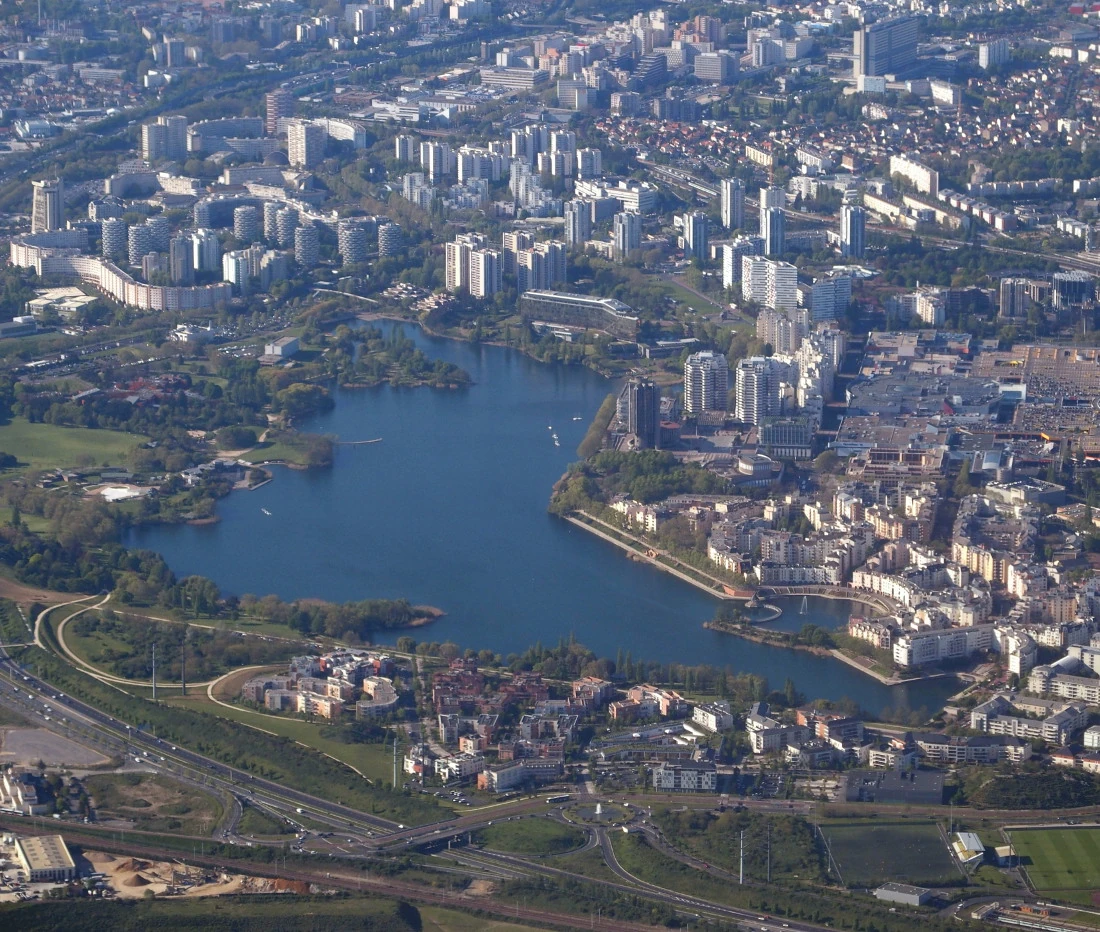



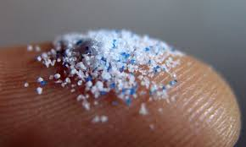
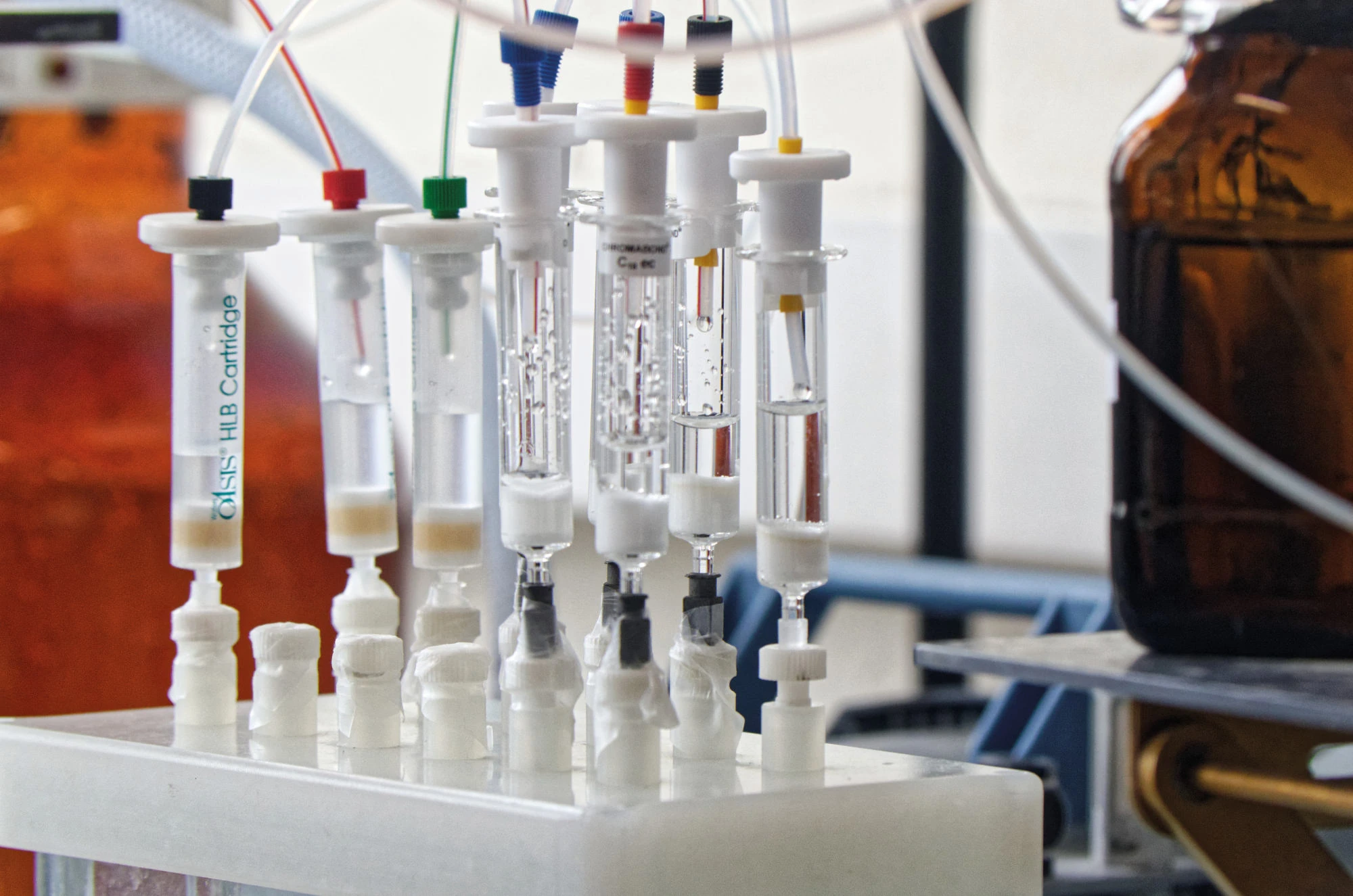
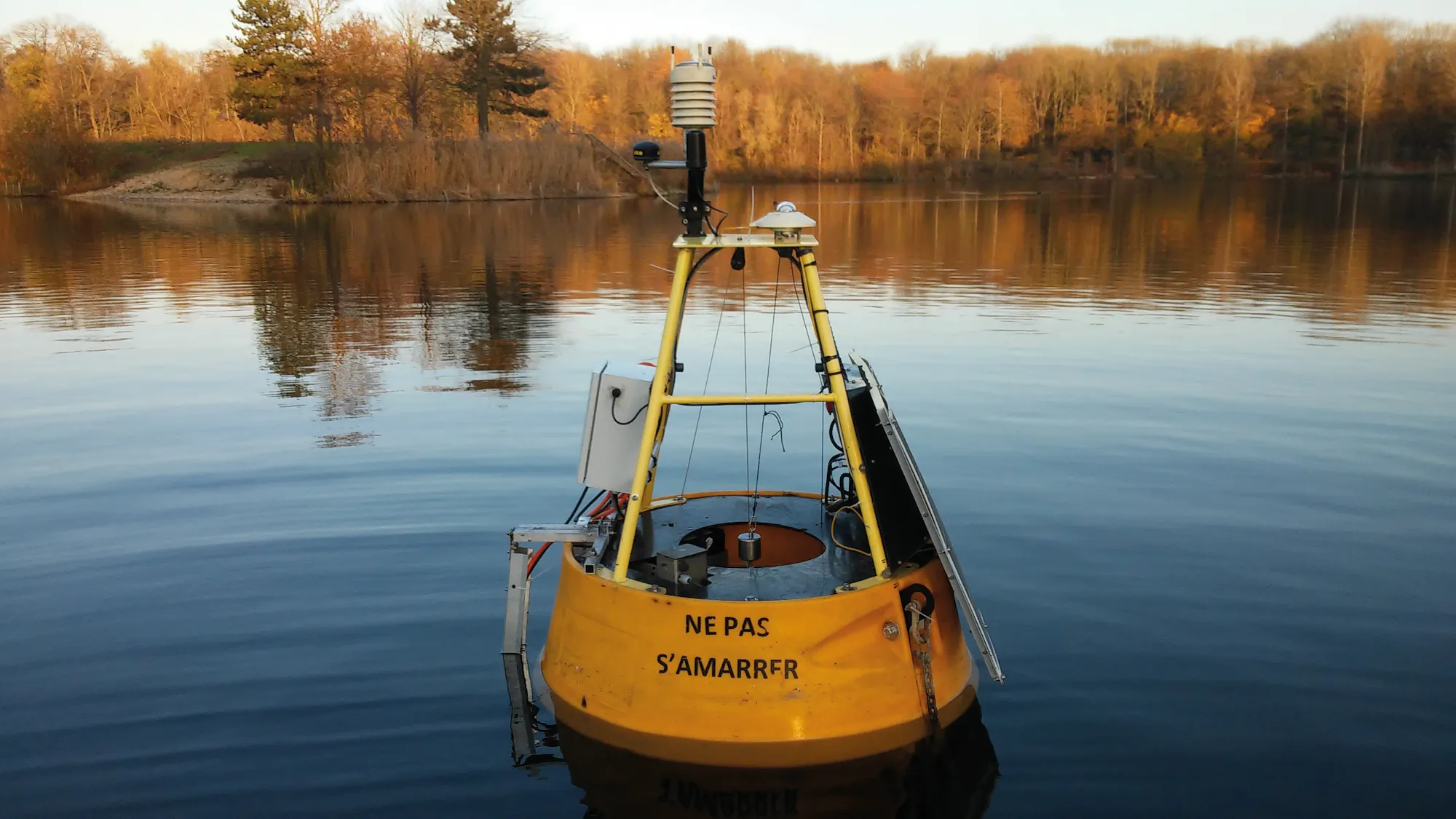
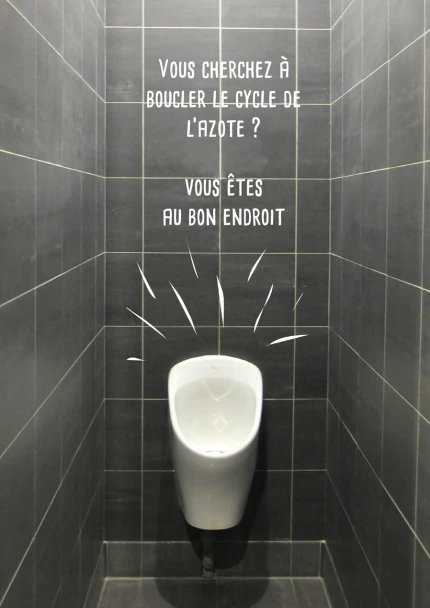
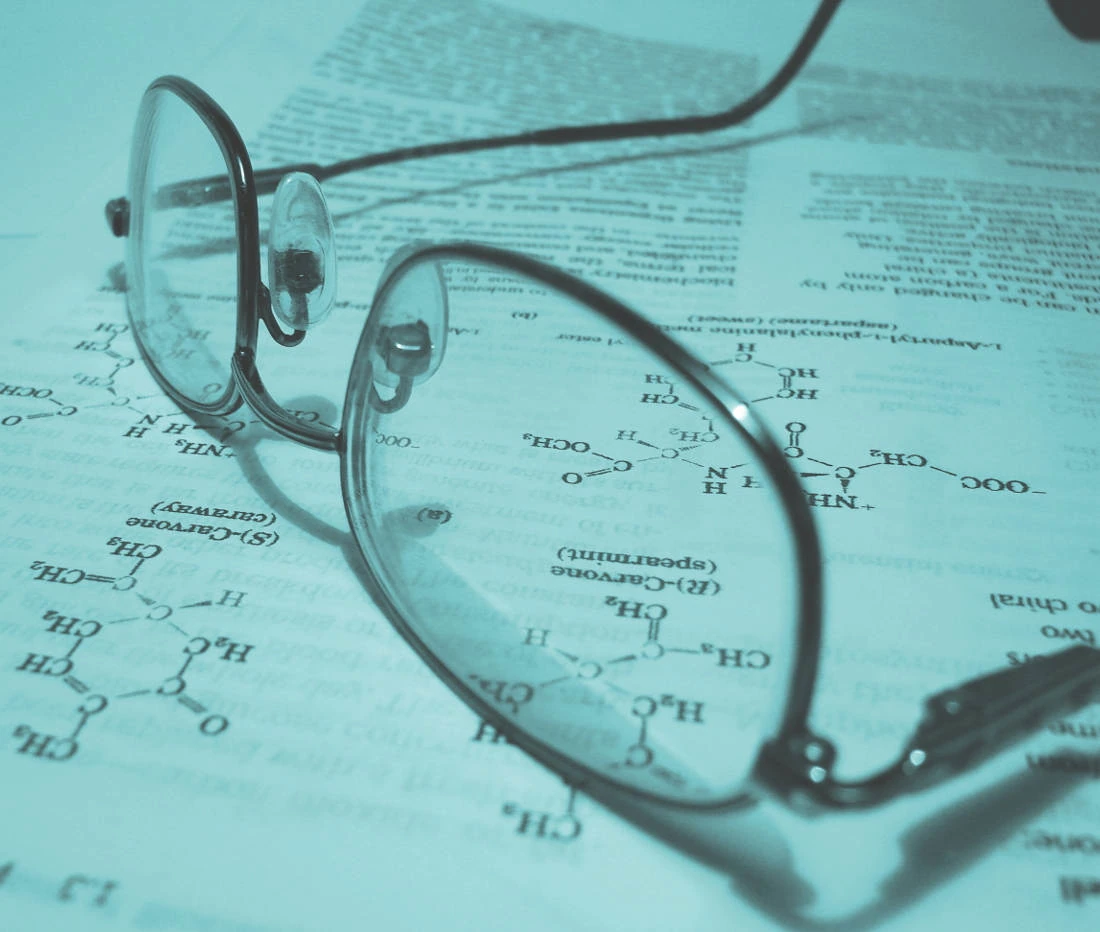 Scientific production
Scientific production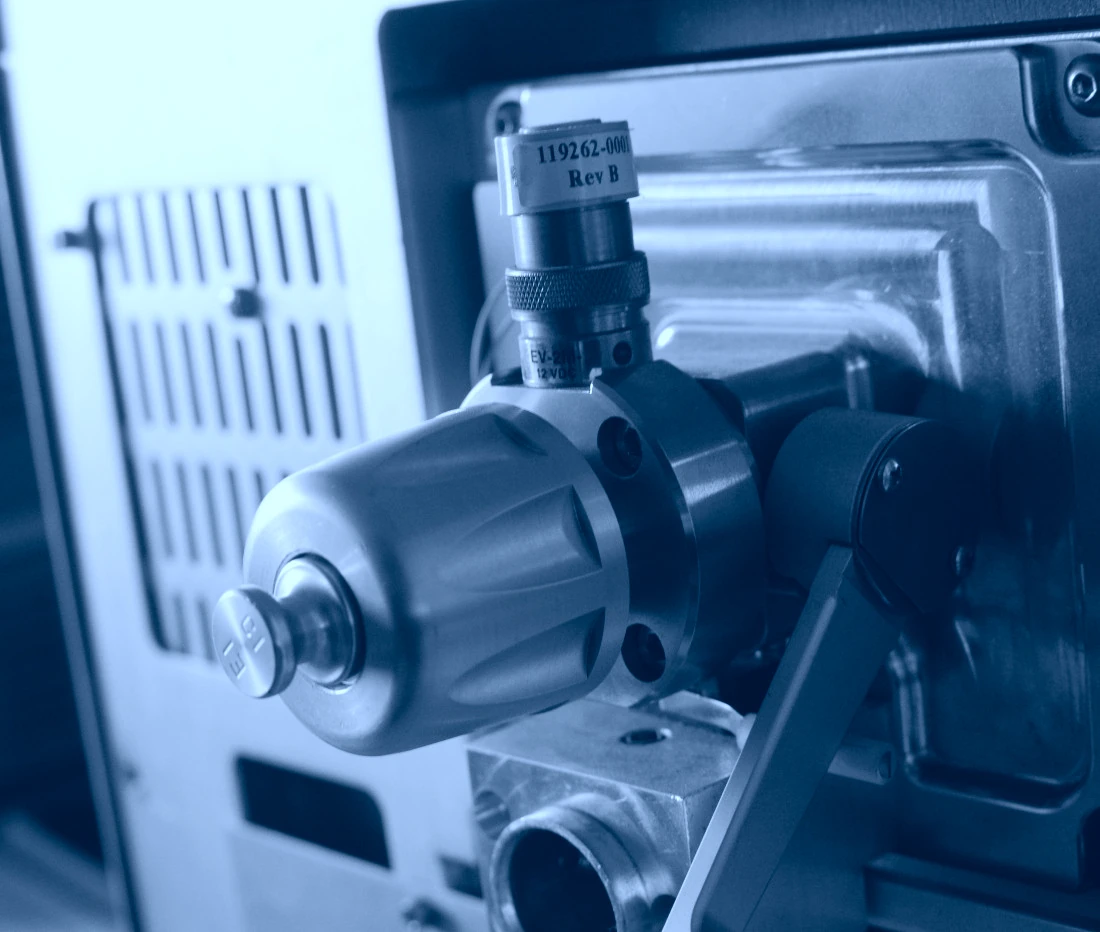 Technical resources and equipment
Technical resources and equipment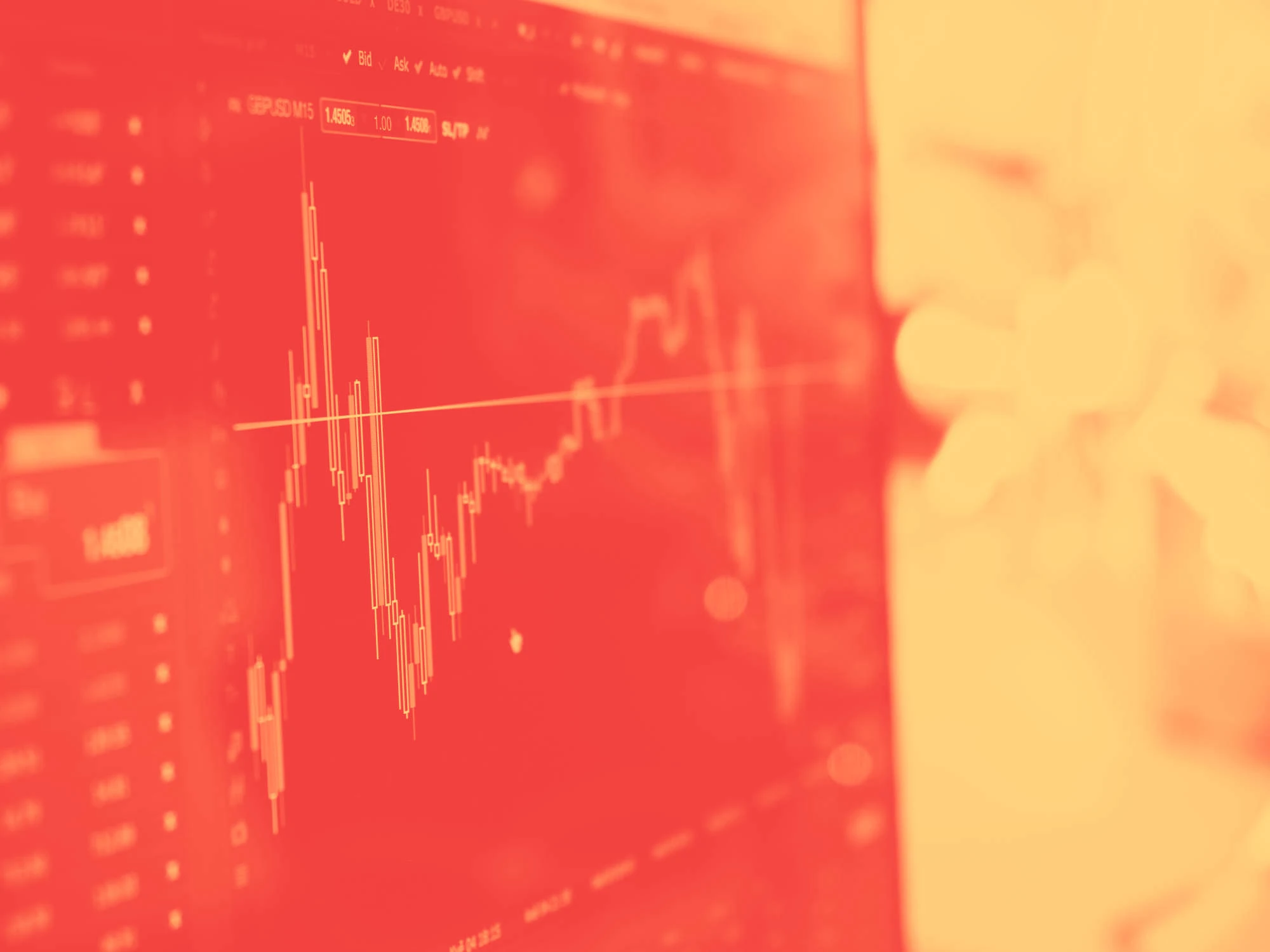 Expertise and disciplines
Expertise and disciplines
